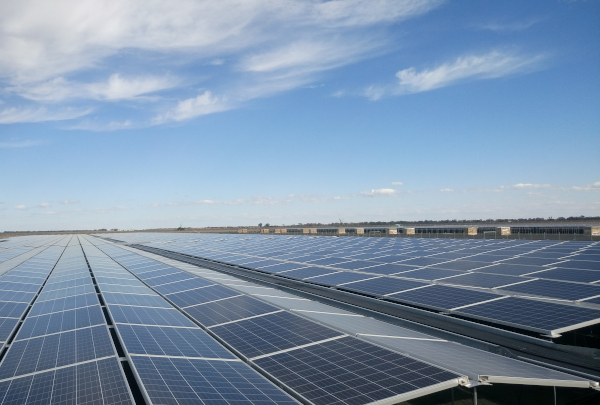As per a World Economic Forum report, India’s transition to a green economy has the potential to contribute >US$ 1 trillion in economic impact by 2030 and generate >50 million employment opportunities. The report added that the economic impact could expand to US$ 15 trillion by 2070. The WEF published a report on ‘Mission 2070: A Green New Deal for a Net-Zero India’, which offers a roadmap for India’s transition.
As per the report, India’s commitments are a central foundation to accomplish the 1.5-degree Celsius global warming target.
The report added, “India experiences two emergencies: one is the coronavirus pandemic and another is climate change.”
The WEF report in association with the Observer Research Foundation and Kearney also highlights the potential to generate employment opportunities, catalyse innovative industries, increase India’s contributions to address climate change and the potential to save lives.
The report added that along with India’s four cross-sectoral enablers, there are the five pillars, i.e., agriculture, energy, mobility, industry, infrastructure and cities, that contribute >90% of the country’s emissions.
These enablers also include a principal framework to catalyse green finance, a proposal for climate adaptation, an augmented approach to green technology innovation, an integrated approach to carbon, capture, storage and utilisation.
Additionally, these enablers and pillars are reliant on India’s sustained economic growth, financial innovation, technological advancement and robust political leadership.
Mr. Sriram Gutta, Deputy Head, India and South Asia, World Economic Forum, said, “India’s approach to deliver energy security and growth to its citizens while guaranteeing the transition to a green and net-zero economy would outline our collective accomplishment in the global fight against climate change.”
The WEF report added, “From a global outlook, India’s adoptions would regulate the world’s achievement or failure on climate change. At presenty, in India, the current per capita emissions are low. Yet its role to future emissions is significantly greater, as its population is anticipated to continue to increase and exceed China by 2025.”
Mr. Samir Saran, President, Observer Research Foundation, stated that the report envisions India becoming the first US$ 5 trillion and then US$ 10 trillion ‘off-carbon economy’ in the world.
The WEF report added that for the next ‘green revolution’, all stakeholders in India would need to step up, including the government, investors, the private sector and civil society.
The report concluded, “Over time, as India streamlines its mobility sector, its cities and land usage, considering a new green development paradigm, it would establish its own leadership in the world and produce models for other emerging countries to follow. India’s green evolution will have a multiplier effect, that adds inclusive prosperity with decarbonisation.”
You may also like
-
Dot Simplifies Approval Processes For Telecom Licenses And Wireless Equipment
-
PM to Inaugurate SEMICON India 2024 on 11th September
-
Shri Piyush Goyal Sets 500 Million Tonnes Domestic Steel Production Target by 2034
-
NHAI to Track Around 100 Toll Plazas with GIS-Based Software for Seamless Movement of Traffic at National Highways
-
“Marching Towards Building A Digitally Connected Bharat and An Atmanirbhar Telecom Sector”: Union Minister Jyotiraditya Scindia
